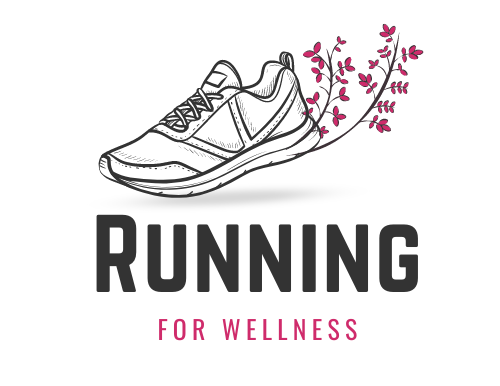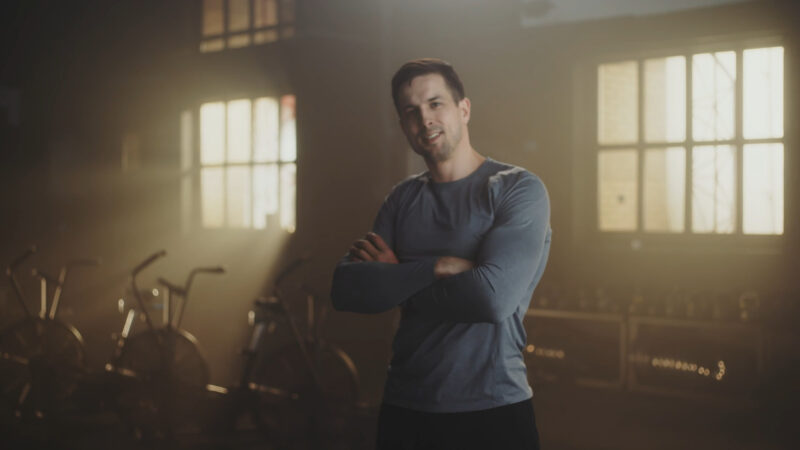Growing older doesn’t mean your best days are behind you. Not even close. In fact, many people hit their stride well after 50 – not by trying to relive their twenties, but by working smarter with their bodies, not against them.
The truth? Getting fit after 50 isn’t about chasing six-pack abs or marathon medals. It’s about staying strong enough to lift your grandkid, steady enough to climb stairs without gripping the railing, and energetic enough to actually enjoy your weekends.
If that sounds like a worthy goal, you’re in the right place, especially if you want to stay energized, avoid dehydration‑related setbacks, and spot the signs of dehydration early.
Let’s lay out the strategies that truly make a difference.
The Four Pillars of Fitness After 50
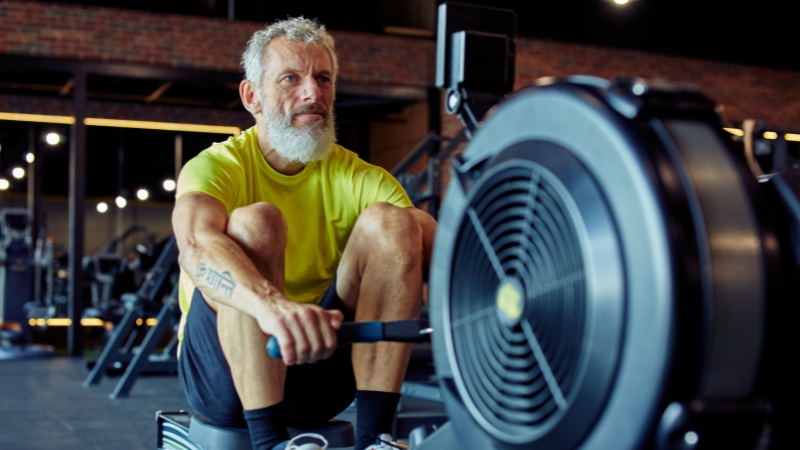
To build a routine that works – and sticks – you’ll need four ingredients: cardio, strength, flexibility, and balance. Miss one, and you’re leaving results on the table.
Cardio (Aerobic Exercise)
Heart health becomes top priority past 50, and cardio delivers. It burns calories, strengthens the cardiovascular system, boosts endurance, and clears your head. Plus, it’s one of the best mood boosters out there.
The American Heart Association recommends:
Split that over three or more days. Even 10-minute walks count.
Great Options
- Walking: Easy on the joints and accessible. Aim for 30 minutes, five days a week.
- Cycling: Stationary bikes are great for at-home routines. Two to three sessions a week is a solid start.
- Swimming: Full-body, zero-impact. Especially helpful if you have arthritis or fibromyalgia.
- Dancing: Seriously underrated. It boosts heart rate, sharpens your brain, and feels more like fun than exercise.
Strength Training
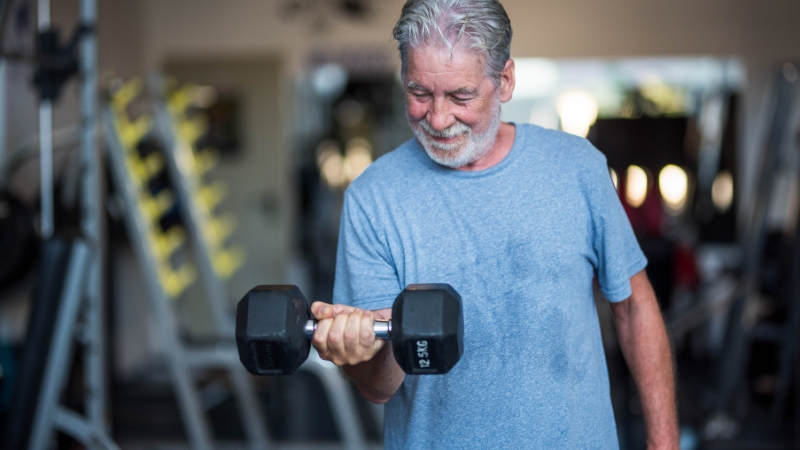
After 50, strength isn’t optional – it’s your shield against muscle loss, weak bones, and sluggish metabolism. Johns Hopkins backs it up: resistance training reduces fracture risk and boosts resting calorie burn.
Start with bodyweight movements, resistance bands, or light dumbbells. Hit major muscle groups – legs, back, chest, shoulders, arms – twice a week.
Sample Routine
Exercise
Sets
Reps
Notes
Goblet Squat
3
10–12
Dumbbell held at chest level
Chest-Supported Row
3
8–12
Use dumbbells and a bench
Shoulder Press
3
10–12
Light weights to start
Leg Press (Machine)
4
6–15
Adjust weight as strength improves
Dead Bug (Core)
2
10–15 each
Alternate arm/leg while lying down
Rest 60–90 seconds between sets. Progress slowly, not aggressively.
Flexibility
As tendons stiffen with age, flexibility becomes your insurance against injuries. It keeps your range of motion intact and helps you move better through daily life.
What works:
- Yoga: Try Hatha or Gentle Yoga 2–3 times per week.
- Static Stretching: Hold each stretch for 15–30 seconds – no bouncing.
- Daily Habits: Stretch when you wake up, after walks, or before bed.
Balance
View this post on Instagram
One in four Americans over 65 falls every year. Many of those falls end in serious injuries. Don’t wait for a scare to address balance.
Try:
- Tai Chi: Gentle, flowing movements that sharpen stability.
- Yoga: Doubles up for balance and flexibility.
- Simple drills: Stand on one foot while brushing teeth. Walk heel-to-toe across a room. It all adds up.
Recommended Activities That Actually Deliver
Here’s a practical guide to exercises that work well for people over 50:
Activity
Benefits
How Often
Walking
Boosts heart health, builds stamina, strengthens bones
30 mins, 5x per week
Cycling
Joint-friendly cardio, builds leg strength
15–20 mins, 2–3x/week
Swimming
Full-body with minimal joint impact
20–30 mins, 2–3x/week
Yoga
Enhances flexibility, reduces stress, sharpens focus
2–3x/week
Tai Chi
Improves balance, reduces arthritis pain
15–20 mins daily
Strength Workouts
Maintains muscle, boosts metabolism
2x/week, full-body
You don’t need to do all of them every week. Pick 3 or 4, rotate them, and stay consistent.
Why Fitness After 50 Actually Matters More
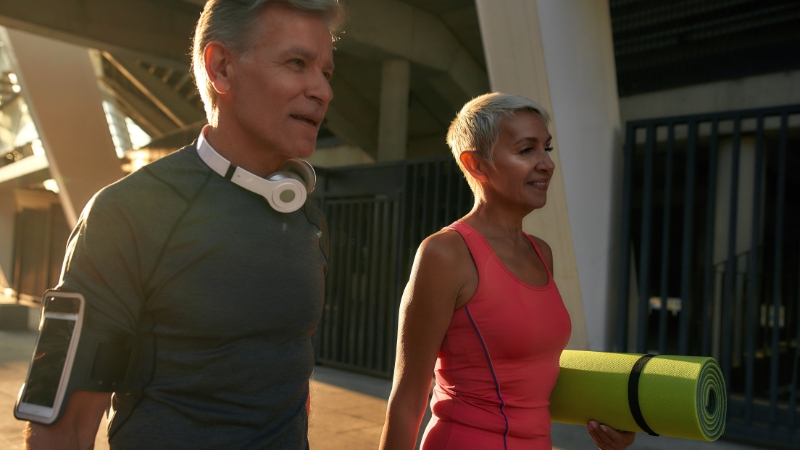
Aging brings change. Muscle mass shrinks by 3 to 5 percent per decade after 30. Metabolism slows. Bones lose density. Balance gets shaky. And for many, health conditions start creeping in.
But here’s the part people forget: regular, consistent exercise can hit the brakes on almost all of it.
National Institute on Aging confirms that adults who stay active are less likely to face chronic illness and more likely to keep their independence. Even strength training alone has been shown to reduce frailty in people in their 80s and 90s. That’s not theory – it’s real.
And the benefits don’t stop at physical health:
In short, fitness gives you back control.
How Much Is Enough?
You don’t have to spend your life at the gym. In fact, trying to do too much, too soon, can backfire.
Minimum weekly targets:
- Cardio: 150 minutes moderate or 75 vigorous
- Strength: 2 sessions, all major muscle groups
- Flexibility: 2–3 sessions
- Balance: Every day if possible, even if it’s five minutes
Start small. If walking 10 minutes is all you can handle now, do that. Build up gradually.
Safety First

Being smart about movement is what keeps you moving. Don’t chase intensity – chase consistency.
Key Safety Tips
- Get a check-up: Especially if you have chronic conditions.
- Warm up: 3–5 minutes of light cardio before workouts.
- Cool down: Stretch after each session.
- Listen to your body: Soreness is fine. Sharp pain is not.
- Avoid high-risk exercises: Skip deep squats or fast HIIT unless you’re already trained for it.
If your knees don’t love lunges, switch to leg presses. If your back gets cranky during crunches, try planks or the dead bug exercise.
Simple Tips to Stay Consistent
Fitness doesn’t work if you ghost it. Here’s how to keep it part of your routine:
- Do what you enjoy: Hate running? Don’t run. Love music? Try dance-based workouts.
- Get social: Exercise with a friend, spouse, or pet.
- Set SMART goals: Instead of “Get fit,” try “Walk 20 minutes, 3 times a week.”
- Track it: Use a notebook, app, or even sticky notes. Seeing progress matters.
- Join a class: Yoga, tai chi, or water aerobics keeps you accountable.
- Sneak in movement: Park farther away. Take the stairs. Stretch during TV commercials.
You don’t need a perfect schedule. You just need to keep showing up.
Nutrition
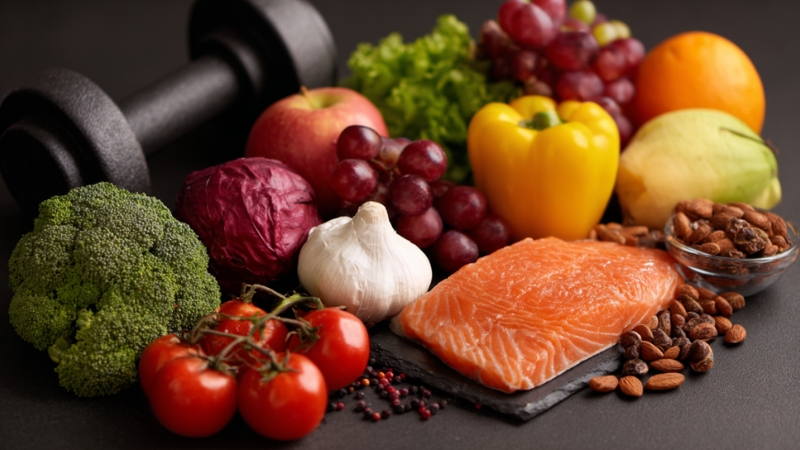
Exercise without the right food is like filling your gas tank with soda.
Key Strategies
- Protein is priority: Aim for 20–30 grams per meal (chicken, eggs, beans, fish).
- Balance your meals: Include healthy fats (nuts, olive oil) and complex carbs (vegetables, grains).
- Hydrate: Water before, during, and after workouts.
- Watch the processed stuff: Minimize sugar, white flour, and alcohol.
- Eat slowly: Stop when you’re 80% full. It works better than any “diet.”
Mistakes to Dodge
A few traps to avoid if you want long-term success:
- Skipping warm-ups: Cold muscles tear easier.
- Going too hard too soon: You’ll burn out or get hurt.
- Only doing cardio: Strength, flexibility, and balance matter just as much.
- Ignoring nutrition: Exercise won’t undo a diet full of junk.
- Overtraining: Rest days aren’t optional.
Listen to your body. Train smart, not desperate.
Final Thoughts
@harrahbrown At 61, I was weak, frail —lacking muscle and strength. Fast forward to 65, I’m living proof that it’s never too late to transform your body, build muscle, and get toned. Through consistent strength training, proper nutrition, and a commitment to myself, l’ve been able to recreate my health and strength. Link in bio for my program, Her Daily Health, coming soon! In this program, I’ll be sharing my exact workouts, meal plans and mindset strategies. #strongwomen #over50andfabulous #fitover50 #healthyliving #healthylifestyle #fitness #over50 #womenover50 #fitnessmotivation ♬ original sound – 10x millionaire mindset
Fitness after 50 isn’t about defying age. It’s about owning it.
You’re not trying to be 25 again. You’re investing in the version of you that wakes up with fewer aches, lifts groceries with ease, and chases after grandkids without worrying about balance or breath.
All it takes is consistency, a little patience, and smart choices.
Build a routine with cardio, strength, flexibility, and balance. Start slow. Choose activities that fit your lifestyle. Fuel your body with good food. And stick with it.
You don’t need perfect. You just need progress.
Related Posts:
- Top 400 Hilarious Gym Quotes to Keep You Motivated
- Half Marathon Training Plan for Beginners - Simple…
- How Long Does It Take to Train for a Half Marathon?
- 25 Simple Running Motivation Tips To Get You Moving
- How Far Is a Half Marathon? Everything You Need to Know
- 6 Best Running Playlists Music for Every Pace and Mood
